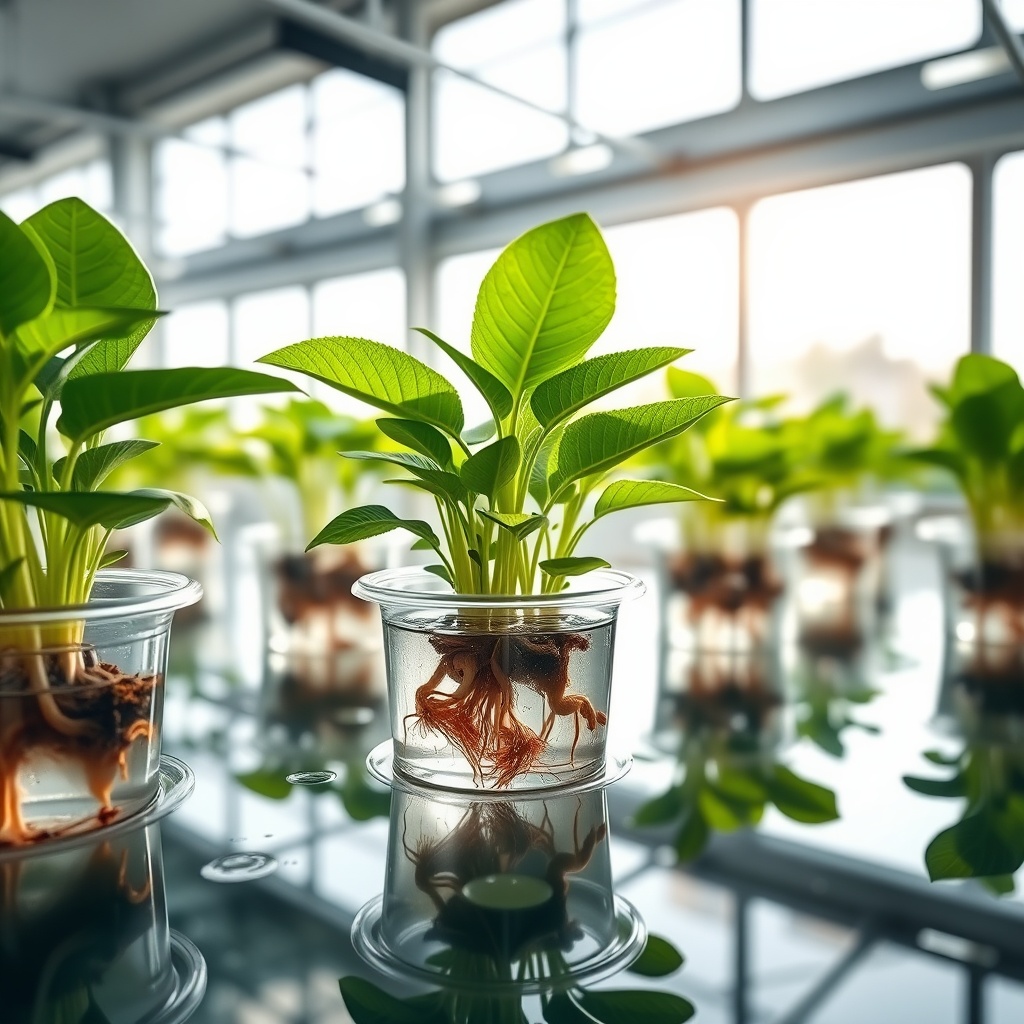Embrace the Future of Gardening

In the world of gardening and plant propagation, hydroponic cloning stands out as a revolutionary technique that can transform the way we cultivate plants. This method not only accelerates the growth process but also enhances the health and resilience of plants. By leveraging the power of hydroponics, gardeners can achieve remarkable success in their propagation efforts. Let’s delve deeper into the fascinating world of hydroponic cloning and discover how you can harness its potential.
Essential Techniques for Hydroponic Cloning

To master hydroponic cloning, it’s crucial to understand the key techniques that will lead you to success. Each method has its unique advantages and can be tailored to suit various plant species. Here, we outline some effective techniques that every aspiring hydroponic gardener should consider:
- Cuttings: This is the most common method where a portion of the plant is cut and placed in a nutrient-rich solution.
- Air Layering: Involves creating a wound on a branch that remains attached to the parent plant while roots develop.
- Micropropagation: A sophisticated technique utilizing sterile environments and tissue culture to produce clones.
Each of these techniques offers unique benefits, and understanding their nuances can significantly impact your propagation success. Experimenting with different methods will help you discover which works best for your specific plants.
Creating the Ideal Hydroponic Environment
Once you’ve chosen your cloning technique, the next step is to set up an optimal hydroponic environment. The right conditions can make all the difference in the success rate of your clones. Here are some factors to consider:
- Temperature: Maintain a stable temperature range that is suitable for the plant species you are cloning.
- Humidity: A higher humidity level can promote root development, so consider using a humidity dome.
- Light: Provide adequate lighting, but avoid direct sunlight to prevent overheating.
By carefully managing these environmental factors, you can create a thriving habitat for your clones, leading to robust and healthy plants.




